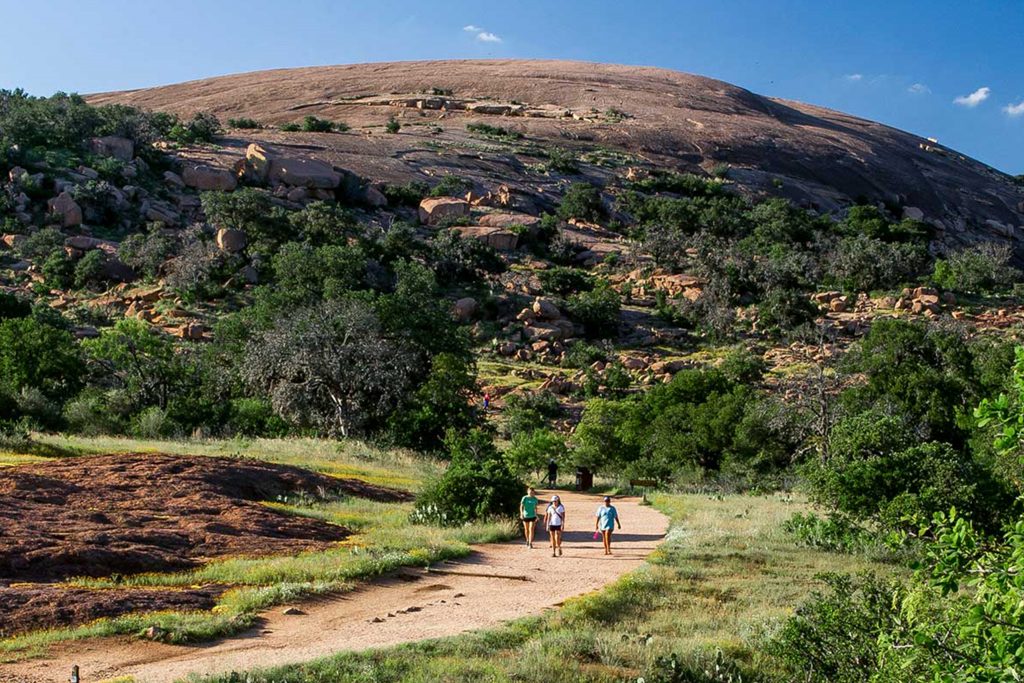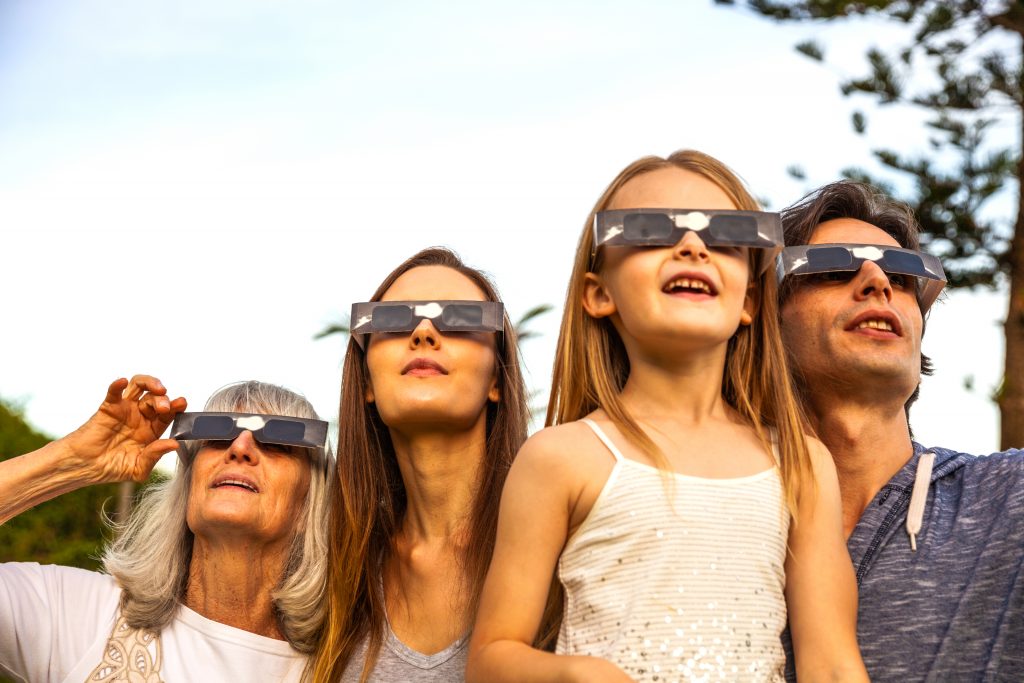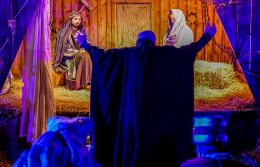A Total Solar Eclipse Is Coming Through Texas!
Mark your calendars! On April 8, Texans will have a front-row seat to a rare astronomical phenomenon sweeping across North America, plunging parts of our state into complete darkness. North America’s first total solar eclipse in seven years will trace a path clear across Texas, beginning at the border near Del Rio and continuing up through Austin, Waco, and Dallas.
For the estimated 13 million in the path of totality, a total solar eclipse offers a brief descent into an eerie twilight, accompanied by a sudden drop in temperature and the appearance of stars and planets in the daytime sky. Historically, eclipses have been harbingers of change, omens of fortune, and milestones in the progress of astronomy. They remind us of our place in the universe and offer unique opportunities for scientific research, such as studying the sun’s corona (the outermost layer of a star’s atmosphere), which is only visible during totality.
Just how unique is this kind of event? Before the last total solar eclipse in 2017, North America had not experienced a total solar eclipse since 1979. The next one won’t be visible in the United States until 2044. It’s no surprise, then, that events and watching parties have been in the works for months. Where are the best places to view the eclipse? What are some of the celebrations being planned? And how can you safely view this mystical astronomical phenomenon? We’ve got you covered.

Where Can You Experience the Total Solar Eclipse?
In Texas, several cities will be in the path of totality, where observers will experience the eclipse in its most dramatic form. Dallas, Austin, and most of San Antonio are among the urban areas where the eclipse’s duration of totality will be notably long, providing a perfect setting for both residents and visitors to witness day turn to twilight. There are also several locations planning unique viewing experiences:
State Parks: More than two dozen state parks fall within the path of totality, including Colorado Bend, Devil’s Sinkhole, Guadalupe River, and several lakes. But the ultimate Texas eclipse viewing spot is Enchanted Rock. If you want to see the eclipse from the top of this incredible granite formation, be sure to make reservations in advance for day passes or camping.
Total Solar Eclipse Events: Several events are planned for April 8 in Fredericksburg and Kerrville, which will experience some of the most extended eclipse times in the state. The largest festival will take place in Burnet, featuring live music as well as immersive and interactive art installations, tech activations, and scientific discussions.
Waco: The city of Waco is organizing a viewing event outside Baylor University’s McLane Stadium that is expected to draw 15,000 to 20,000 people. Interesting fact: They are not hosting the event inside the stadium because the sudden drop in temperature could cause a cloud to form from the water vapor in attendees’ breath, potentially impacting the eclipse view.

Tips for Safe Viewing
Looking directly at the sun, even when it is partially obscured, can cause severe eye damage. To safely observe the eclipse, individuals must use solar viewing glasses that meet the international safety standard ISO 12312-2. Telescopes and cameras also require special solar filters to prevent damage to equipment and eyesight. Many viewing events may offer solar viewing glasses to attendees, but you can also order them online or at outdoor retailers like REI.
Whether you’re an avid astronomer, a casual stargazer, or simply curious, April 8 promises to be a day when Texas turns its eyes skyward, united in awe under the shadow of the moon.
If you’re planning on camping out for this event, be sure to brush up on your camping dos and don’ts so you can spend more time enjoying the experience than stressing over pitching your tent.
© 2024 Texas Farm Bureau Insurance



